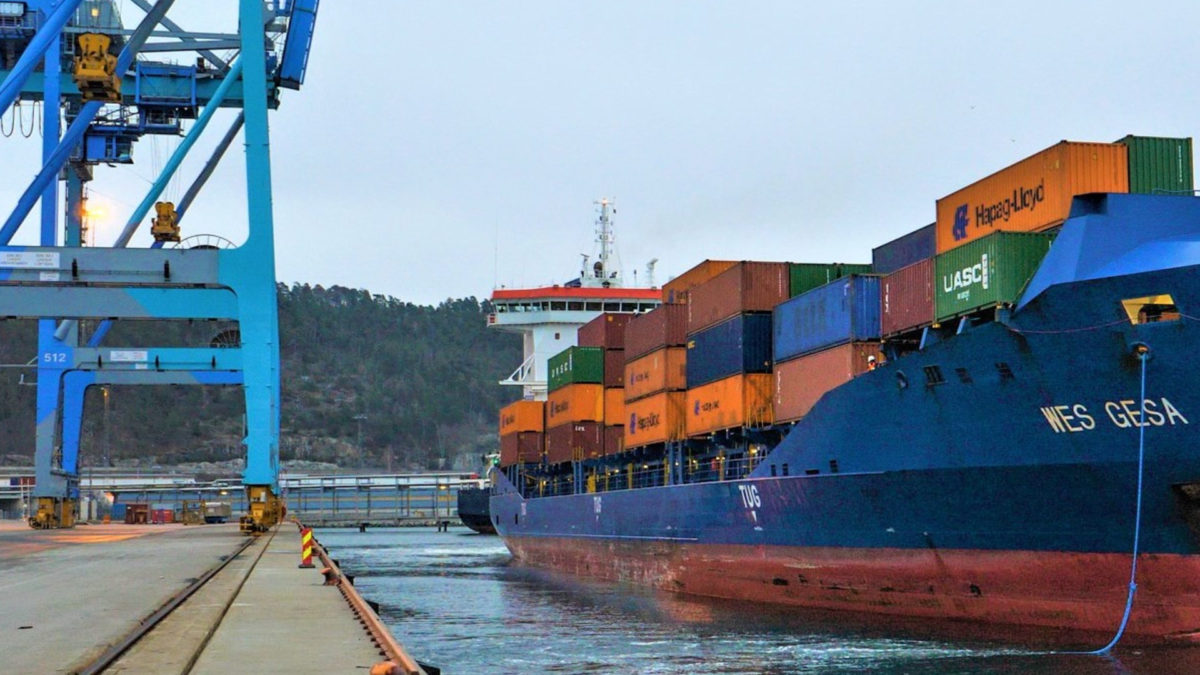Norway aims to reduce greenhouse gas emissions by at least 40 percent by 2030. The government is working to increase Norway and the EU’s overall level of ambition to 55 percent. The transport sector is central. In order to achieve the overall objectives of reducing emissions from transport, a larger proportion must be moved from road to sea. The prerequisite is, of course, that sea transport is more efficient and more climate-friendly than road transport. In the overall calculation, the ports play a central role. The ports are also central to the competitiveness of maritime transport, both as a logistics hub, through adapted business areas and as an energy hub. Through visible and targeted measures, the port can contribute and influence development in the desired direction.
This pilot will develop a port barometer that documents arrangements for the transfer of goods from road to sea. Furthermore, the effect of increased freight over the quay, facilitation of climate-friendly fuel / electricity and reduced emissions in port will be measured. The port barometer can be a measurement instrument that document status over time, and thereby important for the actors in the industry and the authorities both locally and nationally.
The ambition is that this shall give a standardized guideline for monitoring the ports development. Over time this may generate/result in:
- Inspiration to further reductions
- Increased knowledge for owners and national authorities
- Foundation for political actions, guidelines, best practices, regulations
- Good reputation
Goal of pilot project
With this pilot, Norske Havner (Ports of Norway) wants to promote the transfer of goods from road to green sea transport. It is also a goal to contribute to the development of emission-free ports (green ports). In the pilot, a measurement system (port barometer) will be developed that documents the ports’ arrangements for freight transfer and measures the effect in the form of increased freight volumes over the quay, as well as a reduction in emissions in the ports. This will happen by measurements and follow-up of the ports’ development related to green transport, and by identifying measures for increased used of green sea transport.
Furthermore, the pilot shall facilitate the identification and sharing of best practices / experiences in Norwegian ports and identify and develop measures for increased green freight transport through the ports. Consideration will also be given to establishing eco-labelling of ports – the “green port” – which achieves increased transferred freight volumes and reduced emissions.
Status
The pilot was launched in 2019 and has had a halt as a result of the corona pandemic. The pilot was restarted in the summer of 2020. An overall model for the barometer has been developed and the measurement parameters that should be included have been identified. The barometer is intended to cover an aggregate level for reporting to the authorities, and a company level for contributing to improvement in individual ports. Emphasis is placed on measuring data to the greatest possible extent being able to be based on existing data obtained at different levels by the ports and from the authorities.
The transformation barometer shall cover the following areas and linked measurements parameters:
- Climate effect of transfer of goods from road to sea
- Emission reduction from the ships because of shore power and the effect of facilitation for use of other climate positive energy carriers/fuel.
- Emission reduction and reduced energy consumption at port
- Local energy production from renewable sources at port and estimated emission reduction because of this.
The pilot study is finalized. Work are currently being carried out through Norske Havners (Norwegian Ports) network for smart and green ports to clarify how the measurement system shall be implemented for the ports including financing, organization and how a yearly price award shall be carried out. The ambition is to have a kick-off transformation barometer during 2022.

